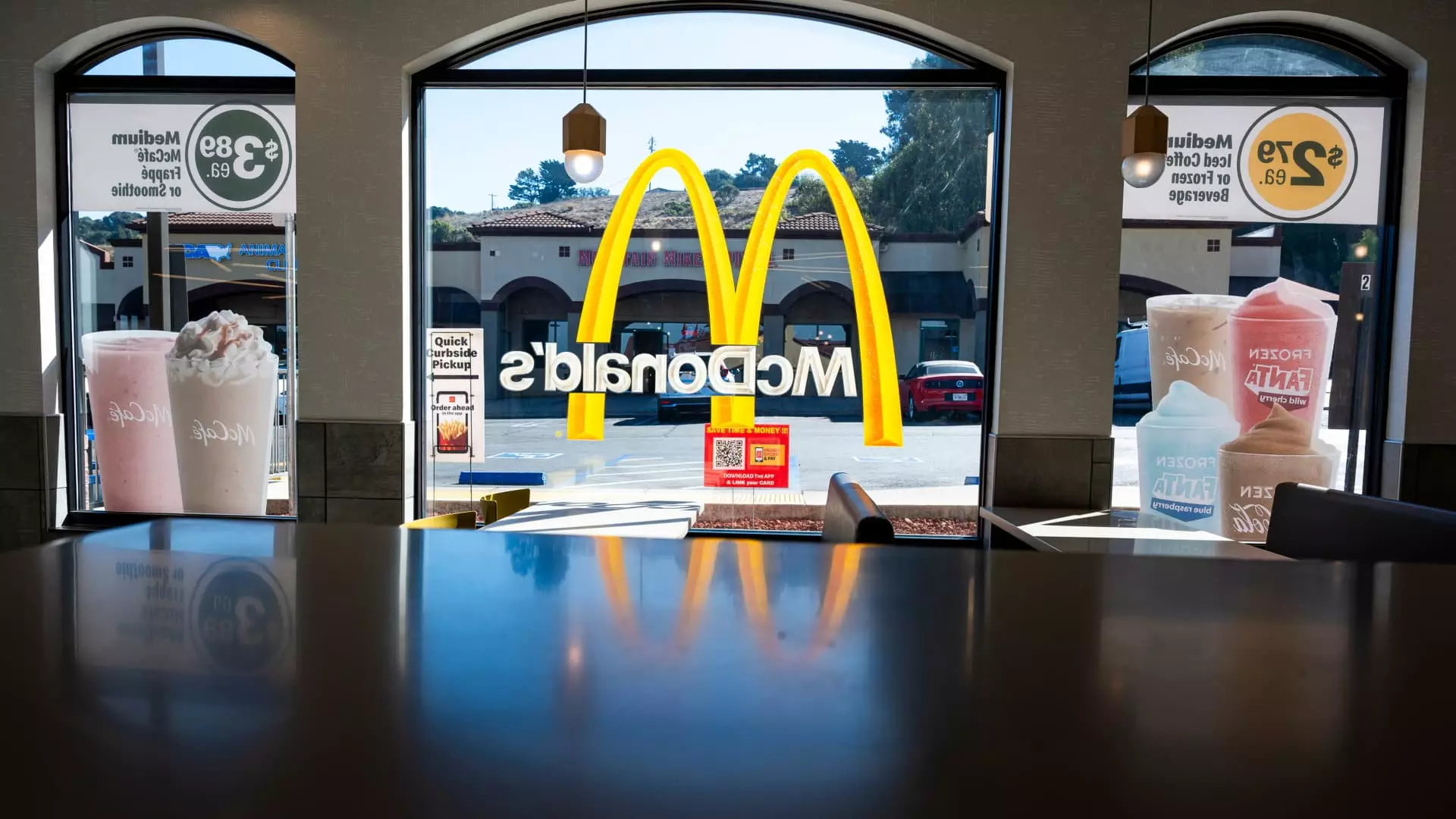As the larger narrative for 2025 unfolds, the restaurant industry finds itself grappling with several unfavorable conditions that have hindered its performance. The year began under challenging circumstances, including inclement weather with freezing temperatures and wildfires. These factors disrupted operations and instilled a sense of caution among consumers, leading to decreased restaurant traffic and sales in the early months. Chain restaurants such as Burger King and Popeyes, part of the Restaurant Brands portfolio, did witness a slight rebound towards the end of the previous year due to offerings that appealed to budget-conscious diners. This resurgence, however, was not strong enough to offset the adverse conditions experienced in January.
Fast food, despite an overall modest increase in net sales of 3.4% in January compared to the previous year, has seen some downturn in traffic, particularly during breakfast and lunch. The downturn is a stark reminder of the volatile nature of the industry, where a combination of external pressures—from economic uncertainty to environmental challenges—can quickly alter consumer behavior. Wendy’s CFO Kenneth Cook pointed out these significant challenges during a recent conference call, highlighting the widespread impact these factors have had on performance.
Consumer sentiment forms a crucial pillar of the restaurant industry’s stability and growth. Current conditions reveal a growing wariness among diners, as many are cautious about their spending habits in light of an economy marked by uncertainty. This hesitance is evidenced by comments from industry leaders, such as Doug Fry of Subway, who noted a consumer desire for quality and value—a reflection of broader economic anxieties.
Inflation, particularly in food prices, has added to these tensions. With a reported 3.4% rise in away-from-home food costs over the last year, households are feeling the pressure on their finances. The apprehension about rising prices has led to a notable drop in consumer confidence, dipping to a seven-month low in February. Such sentiment plays a significant role in shaping the dining behavior of consumers, who now prioritize finding value in their purchases.
Despite the slow start to 2025, there remain glimmers of hope as industry experts predict gradual improvements as the year progresses. Year-over-year comparisons are expected to become less daunting as the summer months approach, easing some of the headwinds faced by restaurants. Companies like Restaurant Brands anticipate a shift in sales trends as consumers potentially return to restaurants, driven by the seasonal changes and relaxation of earlier economic fears.
However, it is essential to consider how specific chains are attempting to navigate these challenges. For instance, Chipotle Mexican Grill has acknowledged that environmental factors, such as the wildfires in Los Angeles, have had a significant detrimental impact on their same-store traffic. They have issued cautious projections for the first quarter and into the second, indicating that comparisons to last year’s strong promotional periods may further complicate their sales outlook.
On the other hand, leaders from McDonald’s appear to believe in a recovering market, optimistic that demand for their popular items will return by the second quarter. CEO Chris Kempczinski suggests that improved consumer health could particularly benefit the franchise, especially among lower-income consumers. McDonald’s unique position in the fast-food landscape suggests that it may be better positioned than some competitors to rebound from recent struggles.
In stark contrast to the cautious optimism displayed by fast-food giants, Starbucks faces a more prolonged path to recovery. The coffee chain has struggled with negative same-store sales for four consecutive quarters. The management’s decision to suspend its sales outlook for fiscal 2025 underscores the urgency of its situation and the necessity for a strategic pivot. CFO Rachel Ruggeri has indicated that while the second quarter may be the weakest in terms of earnings, there is an expectation of improvement later in the fiscal year—assuming successful execution of its transformative plans.
This divergence of fortunes within the restaurant sector illustrates the industry’s complexity. While certain chains may indeed experience resurgence as consumer behaviors shift, others may require more profound changes to regain their foothold in an increasingly competitive landscape.
Overall, 2025 presents a mixed bag for the restaurant industry. As it navigates through weather-related challenges and changes in consumer behavior shaped by economic conditions, the potential for recovery remains attainable. Executives will need to remain vigilant, adapting their strategies to align with consumer preferences and market dynamics. The coming months will be critical as industry players refine their approaches and strive to reclaim the momentum lost at the start of the year. The resilience of the restaurant sector has been tested, but with strategic foresight and innovative practices, a rebound is conceivable as the year progresses.

